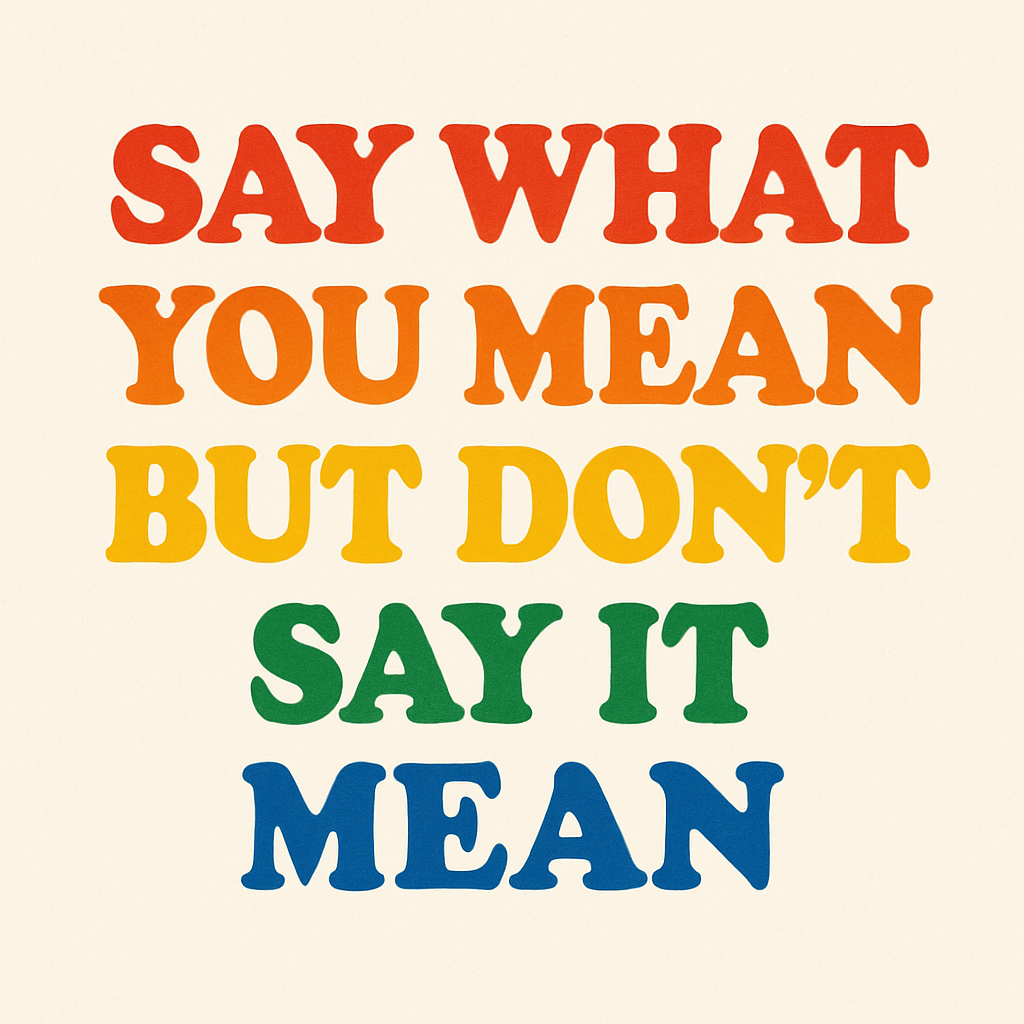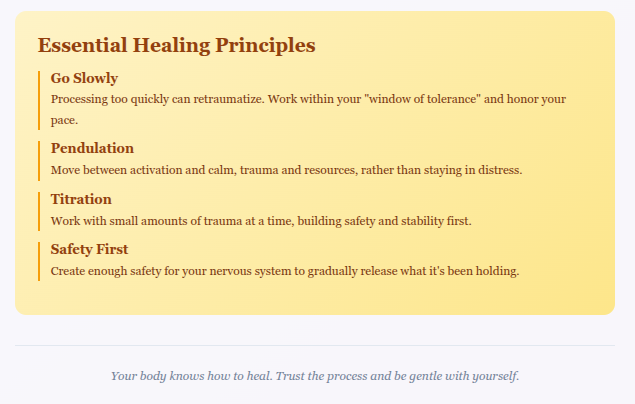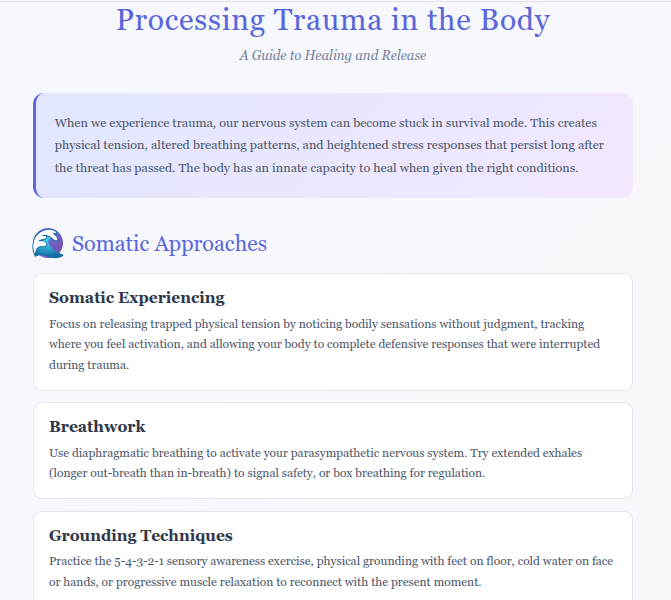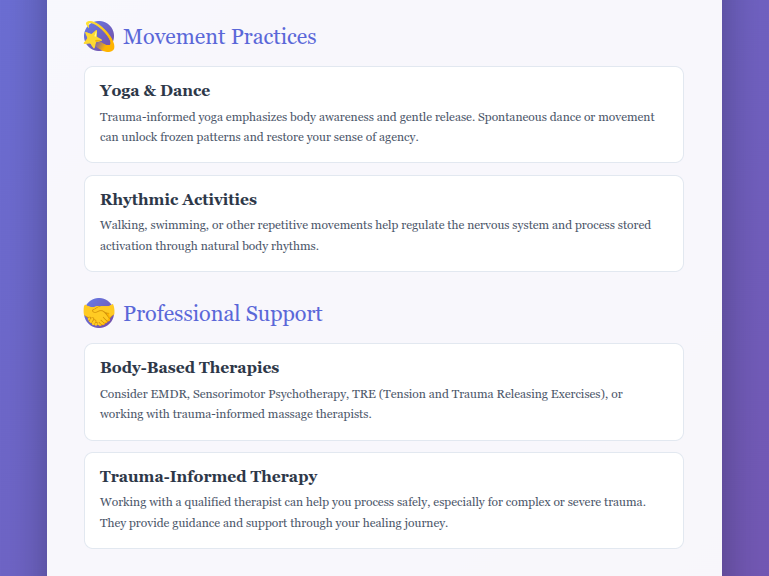
“Never be a prisoner of your past. Your past is a lesson, not a life sentence” – Robin Sharma

Related Post

Welcome to Webb TherapyWelcome to Webb Therapy
Webb Therapy is a casual, affirming, and confidential, talking therapeutic process dedicated to supporting people who are experiencing anything, and want to talk about it. Webb Therapy offers a warm and integrative counselling service based in Sydney City. Led by Mitch Webb—a registered counsellor with the Australian Counselling Association.
He also has strong expertise in helping with:
- Substance use disorders, addiction, and recovery
- Emotion regulation, stress management, anxiety, depression, and behavioural change
Mission & Goals
Webb Therapy is dedicated to offering a safe space for you to share your inner experience and learn how to navigate psychological and emotional pain, elevate self‑awareness, and build sustainable positive change – whether it’s improving relationships, setting meaningful goals, or ending patterns that no longer serve you.
Facebook Presence: Webb Therapy
The Facebook page encapsulates Webb Therapy’s core ethos: “Unlearn. Learn. Accept. Embrace. Change. Grow. Increase Self‑awareness,” reinforcing its person‑centred, self‑development focus.
Please Phone 0488 555 731 to schedule a booking.
Price: $120.00 for a 60 minute session. Please enquire if you are a low income earner or receiving Centrelink benefit.

Honesty and CompassionHonesty and Compassion

The phrase “Say what you mean, but don’t say it mean” is all about the balance between honesty and kindness in communication.
Here’s what it means:
- “Say what you mean”:
Be clear and truthful. Express your real thoughts and feelings. Don’t beat around the bush or pretend to agree when you don’t. - “But don’t say it mean”:
Speak with kindness and respect. Even when you’re being honest or giving criticism, there’s no need to be rude, hurtful, or aggressive.
Why it matters:
This phrase promotes healthy communication. It’s a reminder that:
- You can be honest without being harsh.
- Tone and delivery matter just as much as the words.
- Empathy and respect should guide your conversations—even when it’s hard.



